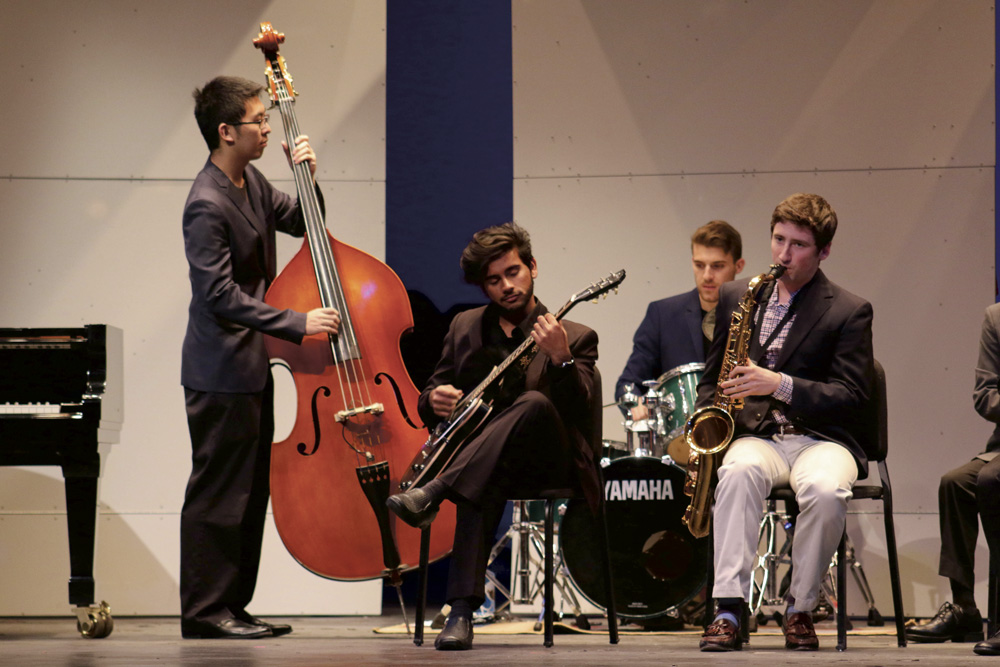

This is because they reduce the abruptness between contrasting images, and they draw emotional responses by increasing or decreasing the tempo of the shots. Rhythmic montages are the most commonly used montage sequence in films.

Unlike metric montages, rhythmic montage maintains continuity. matching images or actions) within the shot with consideration of the musical pacing. Rhythmic montages cut the clips based on the action or image (eg. Events that occur over a long period of time can be shown in a shorter and more engaging manner, than simply showing everything that happens over the time period. Notice how each shot cuts according to the music? This creates an aesthetically pleasing montage sequence, and it compresses time. We’ve already identified a metric montage in this article… Sylvester Stallone’s Rocky Balboa. Metric montages are usually used to create an aesthetic appeal whilst showcasing important events that occurred over a long period of time within a short sequence.

The tempo of the montage can be heightened or lowered to create different emotional effects. This creates a suspenseful or dramatic atmosphere. However, the essence and storyline are maintained. Metric montages cut different clips to the beat of the music.Ĭontinuity is not usually maintained between the clips. However, there are many types of montages that we often see in films, but never notice! When we think of montages, we automatically think of montages like the famous Rocky montage. In the space of a few minutes, we see weeks of training. These are all individual clips representing different times, places, and actions that are connected together. In the above example, we see Rocky running on train tracks, running through a small town, punching a punching bag, doing push-ups, punching carcasses etc. It is usually a sequence of compressed events that occur over a longer period of time presented in a concise and dramatic way. You see, a montage refers to the selection of individual, contrasting film clips that are connected to make a whole sequence.


 0 kommentar(er)
0 kommentar(er)
